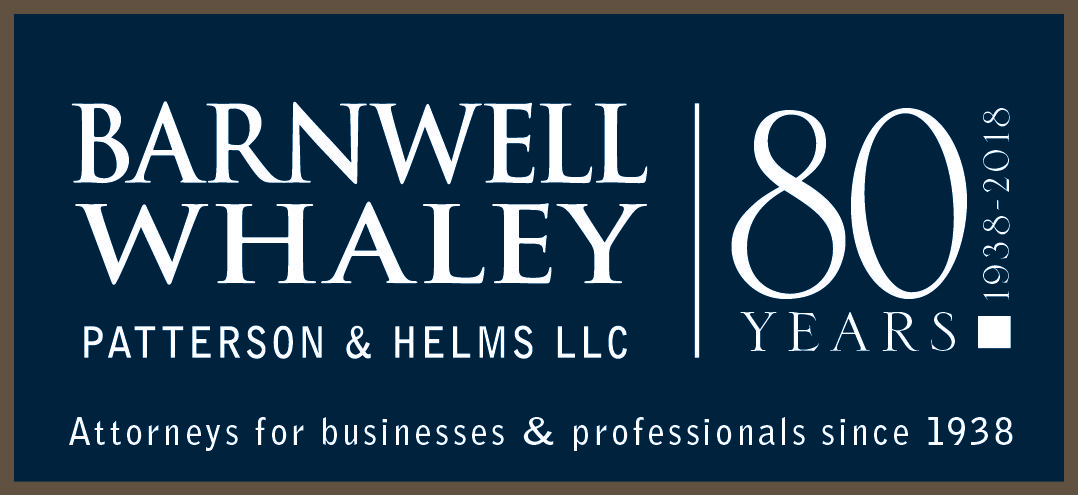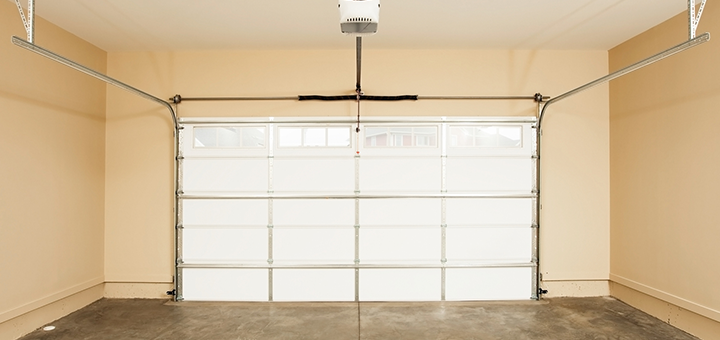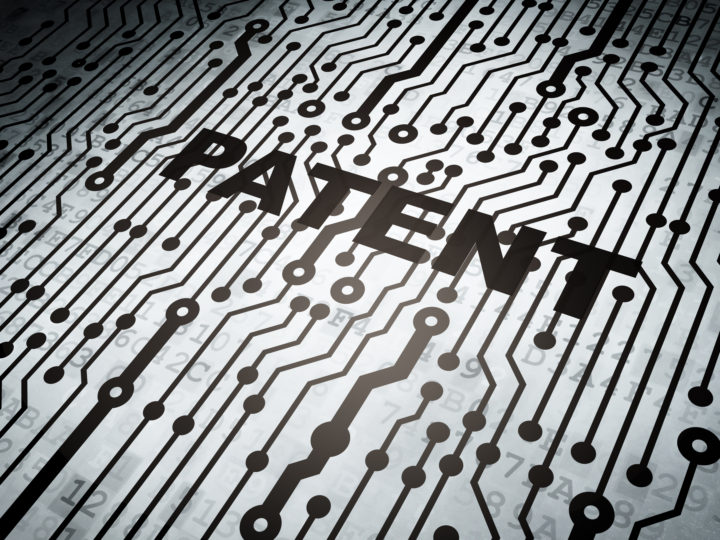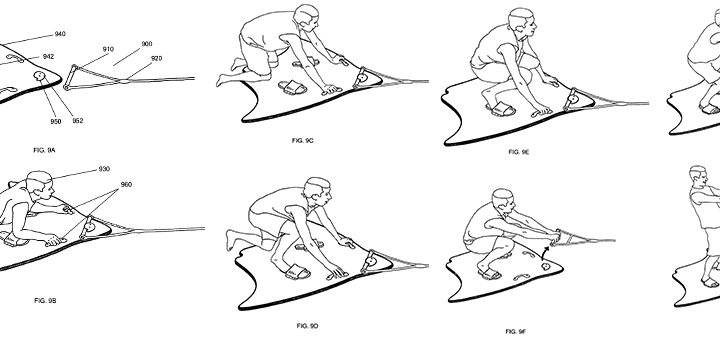
TEK Global, S.R.L., TEK Corporation v. Sealant Systems
International, Inc., ITW Global Tire Repair
No. 2017-2507 Fed. Cir. April 2, 2019 Before Chief Judge Prost, with Circuit Judges Dyk and Wallach.
The patent in suit is directed to an emergency kit for repairing vehicle tires deflated by puncture. The Court held that Appellant should not have been prevented from presenting to the jury theories concerning obviousness that Appellant had not asserted in a prior appeal to the Federal Circuit, even though the Court considered the same prior art references in the prior appeal. The Court remanded the case for a partial new trial on validity.
Appellant SSI argued that “conduits connecting the container” and “container connecting conduit” should be construed as means-plus-function limitations under 35 U.S.C. § 112, ¶ 6 because the term “conduit” is a nonce word. After reviewing the claim language (including dependent claims), the specification, the prosecution history, and dictionaries, the Court concluded that intrinsic and extrinsic evidence established that the term “conduit” sufficiently defines a structure so as to avoid classification as a nonce term. Appellant did not meet its burden to overcome the presumption against applying § 112, ¶ 6.
Appellant posited that Appellee should not have been permitted to compare the accused product to Appellee’s commercial embodiment during closing argument. Statements of Appellant’s expert, as well as statements made by a former executive of Appellant and the inventor, suggested that Appellee’s device is the commercial embodiment of the patent. The Court held that, when a commercial product meets all the claim limitations, then a comparison of the accused product to the commercial product may support a finding of infringement. Further, the district court cautioned the jury not to compare the parties’ products, but rather to compare Appellee’s product with the patent claims. The Court concluded that this instruction was sufficient to mitigate any potential jury confusion or substantial prejudice to Appellant.
The Court agreed with the district court’s determination that substantial evidence supported the jury’s lost profits award under the Panduit factors. The Court agreed that the jury could reasonably infer manufacturing capacity from Appellee’s prior activities and marketing capability from Appellee’s known presence in the market, and that the jury could reasonably rely on Appellee’s damages expert’s profit calculations.
The Court also agreed that Appellant had met its burden for a permanent injunction under the eBay factors. In particular, the injunction issued by the district court included a nine month sunset provision. The Court indicated that nine months was sufficient time for Appellant to begin design-around efforts and to remove the infringing product from the market without causing significant inconvenience to OEMs and consumers.
Read more: Federal Bar member attorneys may access the full case summary by Barnwell Whaley attorney Bill Killough in the April issue of Federal Circuit Case Digest.
Additionally, you may read the full opinion here.
Image: thinkstock

B.C. “Bill” Killough is a registered patent attorney with Barnwell Whaley law firm with offices in Charleston, SC and Wilmington, NC. On behalf of his clients, Bill has obtained more than 300 United States patents, participated in prosecuting more than 100 foreign patent applications and he has filed more than 1000 trademark applications with the US Patent and Trademark Offices.




